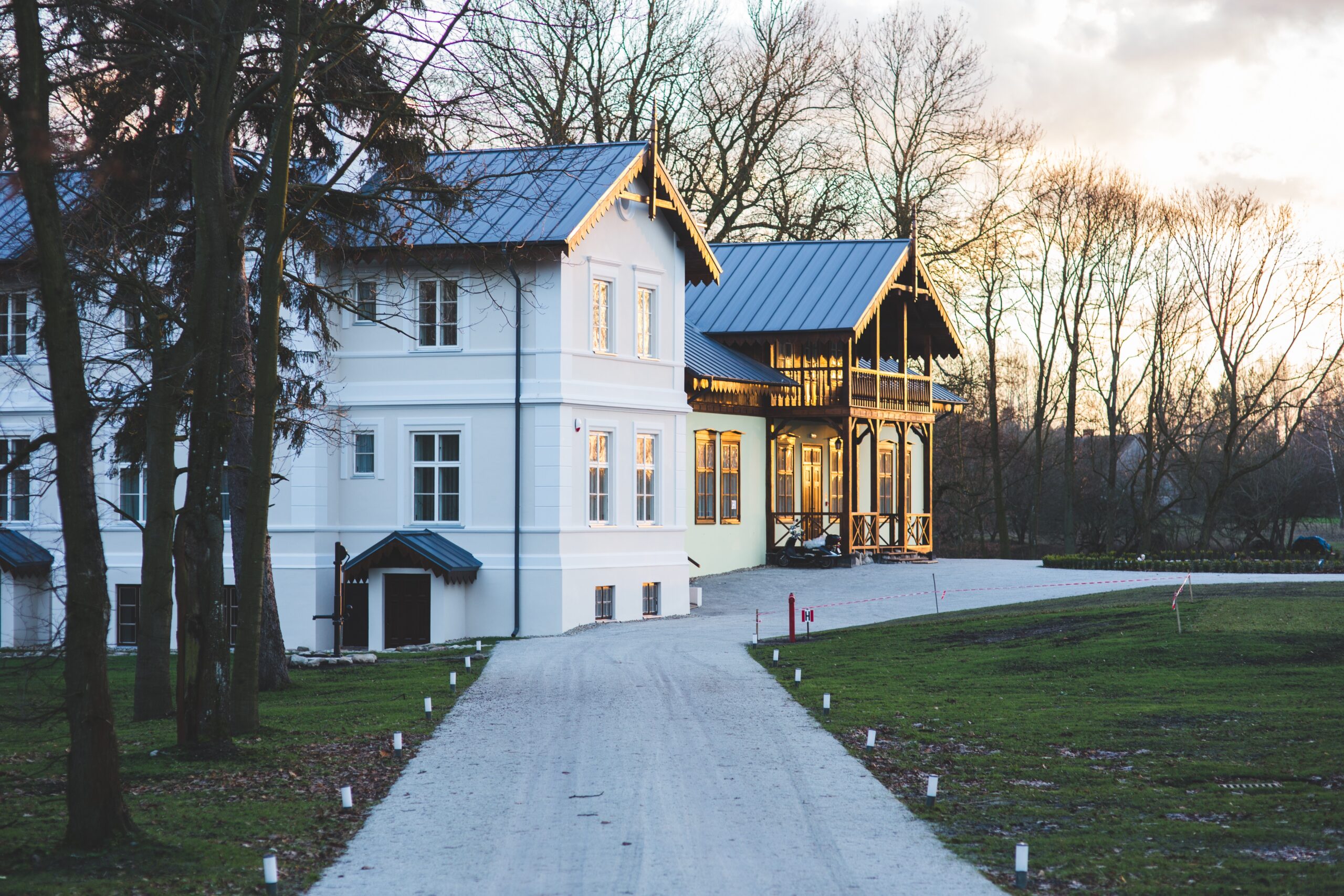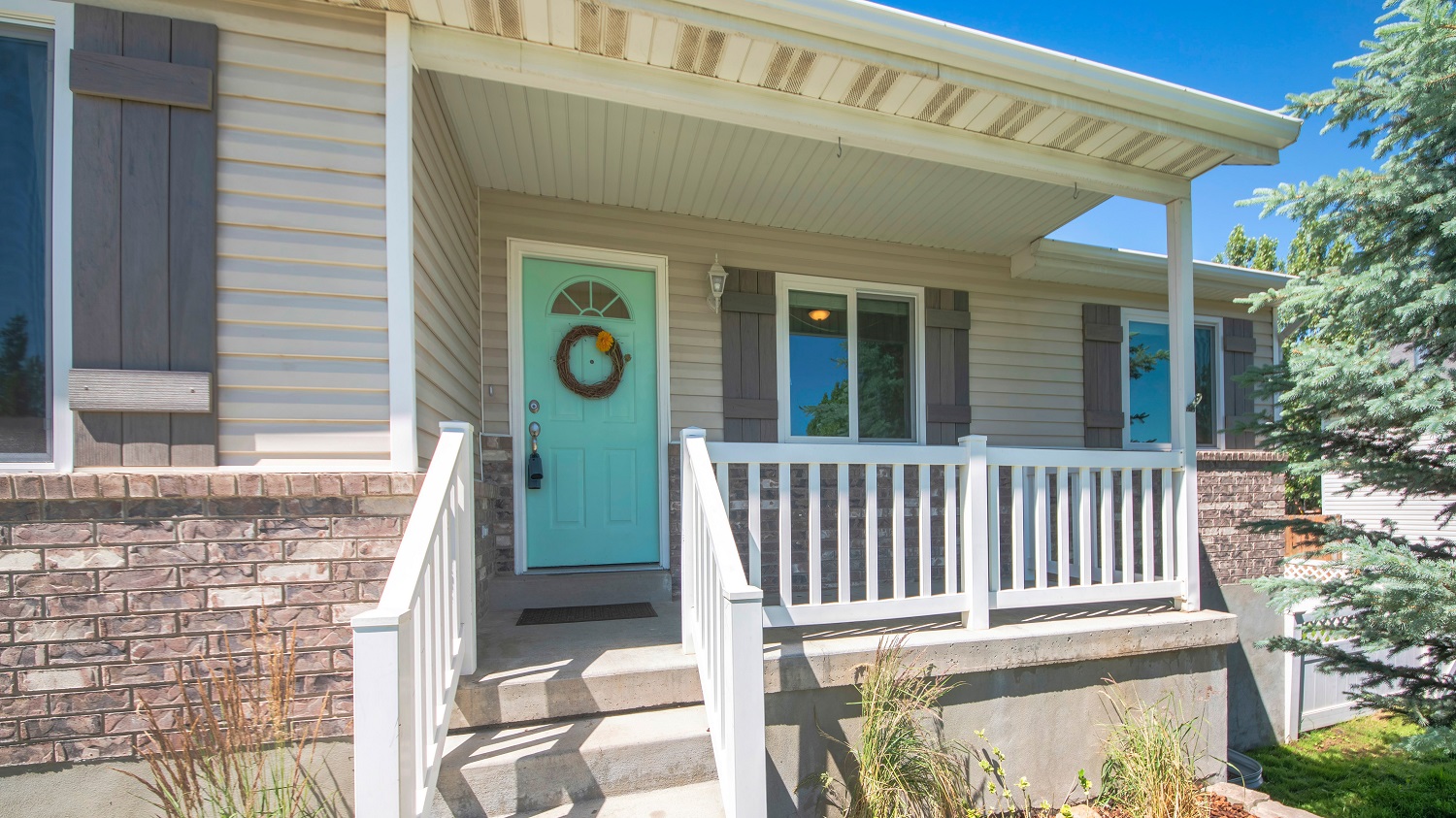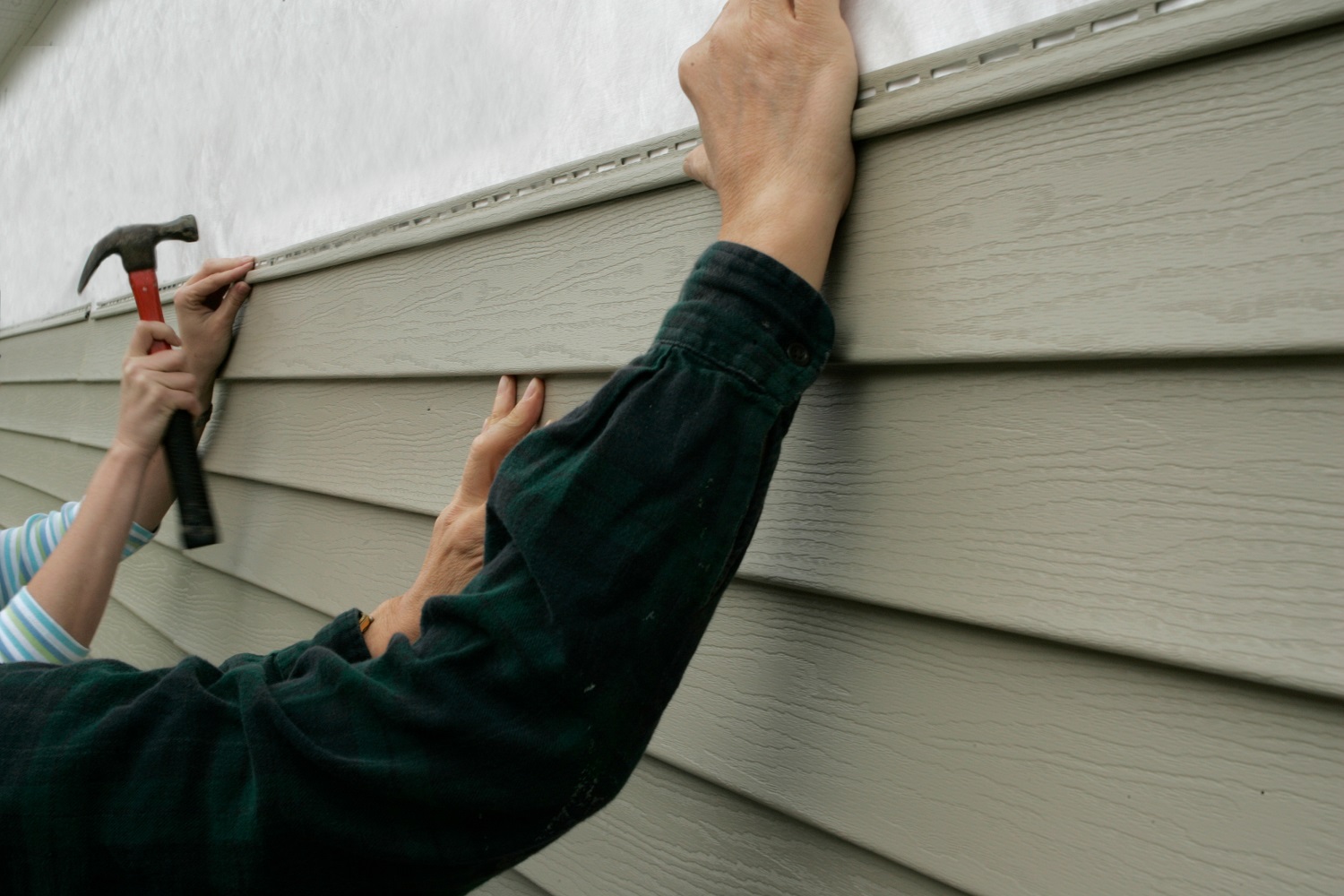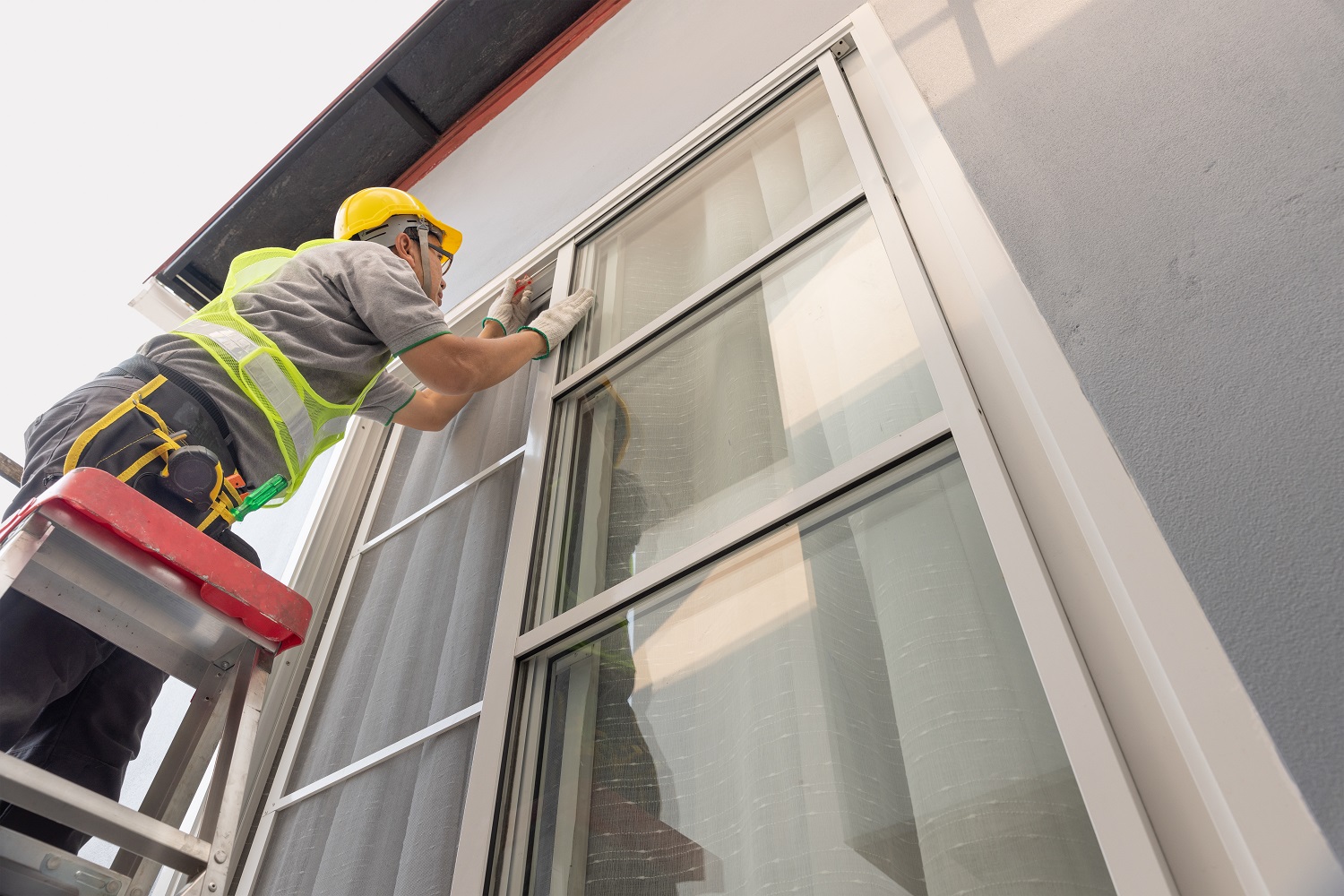
For good reason, James Hardie Siding has become a household name in the construction industry. Its exceptional durability, stunning aesthetics, and wide range of options make it the top choice for homeowners looking for long-lasting and beautiful homes. Whether building a new house or renovating your existing one, James Hardie Siding offers a perfect solution combining style and functionality.
What Is Hardie Board Siding?
James Hardie Siding, often known as Hardie Board Siding, is a brand of fiber cement siding that has become synonymous with durability, beauty, and resilience in the home construction industry. Here’s why many homeowners and contractors choose James Hardie Siding for homes:
Durability
- Weather Resistance: James Hardie Siding is engineered to withstand the elements, including extreme temperatures, humidity, rain, snow, and hail. It is also resistant to warping, shrinking, and swelling.
- Longevity: Fiber cement siding tends to last longer than other siding options, often with warranties of up to 30 years or more, which can be a testament to its durability.
- Pest Resistance: It is impervious to termites and other wood-eating insects, a significant benefit over traditional wood siding.
Safety
- Fire Resistance: Unlike wood or vinyl siding, James Hardie Siding is non-combustible and approved for fire-rated construction.
- Rot and Mold Resistance: The material does not rot, preventing mold and mildew growth that can occur with other types of siding in certain environments.
Aesthetics
- Versatile Design: Available in various styles and textures, James Hardie Siding can mimic the look of wood siding, including lap boards, cedar shingles, and wood shake siding, without the maintenance that wood typically requires.
- Color Options: With ColorPlus® Technology, James Hardie Siding comes pre-finished in various colors. The color is baked onto the siding, providing a longer-lasting finish than regular paint.
- Curb Appeal: The high-quality appearance can enhance the home’s curb appeal, which can benefit homeowners considering resale value.
Low Maintenance
- Minimal Upkeep: Unlike traditional wood siding that needs to be repainted and treated, James Hardie Siding requires less maintenance.
- Stability: The siding’s dimensional stability reduces the paint chipping and peeling likelihood.
Eco-Friendly
- Sustainable: James Hardie Siding is often praised as an environmentally friendly option because it is made from sustainable materials like sand, cement, and cellulose fibers.
- Energy Efficiency: When installed correctly, it can help insulate your home, reducing energy bills.
Manufacturer’s Support
- Product Support: James Hardie Industries offers strong customer support and warranties, which can provide peace of mind to homeowners.
- Installation Standards: The company provides detailed installation guidelines to ensure that the siding is installed correctly, which helps to maintain its durability and warranty.
Value
- Investment: The initial cost may be higher than some other siding options, but considering the durability, longevity, and low maintenance, many find it to be a good long-term investment.
- Insurance Savings: Some homeowners may save on insurance premiums because of its fire resistance.
Reputation
- Brand Recognition: James Hardie is a well-known name in the construction industry with a reputation for producing high-quality building materials.
- Tested Quality: Products have been installed on millions of homes in Oakland, CA and have proven to perform well over time.
When selecting siding for your home, it’s essential to weigh all these factors against your specific needs, preferences, climate, and budget. While James Hardie Siding offers many benefits, the best choice for your home will depend on a comprehensive evaluation of all available options. Consulting with a professional James Hardie Siding contractor with experience with various siding materials like Rhino Oakland Window Replacement & Siding can provide personalized insights and recommendations.
Siding is the first line of defense against the elements. It shields your home from wind, rain, and sun damage while also contributing to insulation, potentially lowering energy costs. Moreover, siding plays a vital role in defining the aesthetic appeal of your property and can significantly impact its market value.
James Hardie Siding vs. Other Siding Options
When comparing James Hardie Siding (a brand of fiber cement siding) to other siding options, it’s essential to consider various factors such as material, durability, maintenance, aesthetic appeal, cost, and energy efficiency. Here’s how James Hardie Siding stacks up against some common alternatives:
Vinyl Siding
James Hardie Siding:
- Made of fiber cement, it is more durable than vinyl.
- Non-combustible and more resistant to fire.
- Can mimic the look of wood and other materials more realistically.
- Typically requires less maintenance than wood but slightly more than vinyl.
- Higher upfront cost but can offer better long-term value due to durability.
- Better resistance to warping and melting under high temperatures.
Vinyl Siding:
- Made of PVC plastic, it is less expensive than fiber cement.
- Susceptible to melting under high heat or fire.
- Comes in a variety of colors and styles but may look less natural than fiber cement.
- Very low maintenance, with no need to repaint.
- Lower upfront cost but may not be as durable over time.
- Can become brittle and crack in cold weather.
Wood Siding
James Hardie Siding:
- Offers the look of wood without the susceptibility to rot, termites, or other damage.
- Requires less maintenance than actual wood.
- Fire-resistant, unlike wood siding.
- It is usually more expensive than wood siding but offers lower long-term maintenance costs.
Wood Siding:
- Natural and traditional aesthetic appeal.
- It can be painted or stained to the desired color but will require regular maintenance.
- Susceptible to damage from insects, rot, and fire.
- Generally offers good insulation properties.
- It can be a sustainable option if sourced responsibly, but it requires more frequent replacement and treatment.
Aluminum Siding
James Hardie Siding:
- It is more resistant to dents and damage than aluminum siding.
- Better at mimicking wood aesthetics.
- Not prone to rusting, unlike aluminum.
Aluminum Siding:
- Metal material can dent and scratch more quickly but is not affected by moisture or pests.
- Low maintenance and can be repainted, though factory finishes tend to last many years.
- Conducts heat and cold, which can impact energy efficiency unless properly insulated.
- Recyclable, which can be an environmental benefit.
Stucco
James Hardie Siding:
- More predictable performance and easier to install in various climates.
- Less prone to cracking compared to traditional stucco.
- Can be more cost-effective, especially in regions where stucco is not commonly used.
Stucco:
- Provides a unique textured look popular in certain architectural styles like Spanish or Mediterranean.
- Can be prone to cracking with foundation shifting or in certain climates.
- Requires skilled installation and the right climate conditions to perform well.
Engineered Wood Siding
James Hardie Siding:
- More resistant to moisture and rot than engineered wood.
- Fire-resistant, which is not typically the case with engineered wood siding.
Engineered Wood Siding:
- Made from wood fibers combined with binders, it can provide a more authentic wood look than fiber cement.
- Generally less expensive than fiber cement, but may not be as durable.
- Can be susceptible to moisture-related issues if not properly maintained.
Brick and Stone
James Hardie Siding:
- Less expensive and easier to install than brick or stone.
- Lightweight compared to brick or stone, which may require additional structural support.
- Can mimic the appearance of brick or stone.
Brick and Stone:
- Extremely durable and long-lasting.
- Offers a distinct, high-end look.
- Virtually maintenance-free once installed.
- Can be more expensive both in terms of materials and labor for installation.
When choosing siding for your home, you must consider the climate you live in, the desired aesthetic, your budget, and how much maintenance you’re willing to perform. Each type of siding has advantages and disadvantages; the right choice will depend on your specific needs and preferences. James Hardie Siding is often chosen for its durability, low maintenance, and fire-resistant properties, making it a strong contender against other materials.
Pros And Cons Of James Hardie Siding

James Hardie Siding, known for its brand of fiber cement products, offers a range of benefits and some potential drawbacks. Here are the pros and cons of using James Hardie Siding for your home:
Pros:
Durability:
- Highly durable and resistant to many common threats such as rot, insects, and fire.
- Withstands extreme weather conditions, including strong winds, heavy rain, and hail.
Longevity:
- Comes with a long warranty, often up to 30 years, which indicates its lifespan is expected to be quite lengthy.
- Does not require frequent replacement.
Aesthetics:
- Available in a variety of styles and textures, James Hardie Siding can mimic the appearance of wood, stucco, or other materials.
- ColorPlus Technology offers baked-on color that is fade-resistant and consistent throughout.
Maintenance:
- Low maintenance requirements, with no need for frequent repainting or sealing like wood.
- Resistant to warping, which reduces the need for repairs.
Safety:
- Non-combustible, which provides better fire protection than wood or vinyl siding.
- Does not release toxins when exposed to fire.
Value:
- Can increase the resale value of your home due to its durability and attractive appearance.
- May lower insurance premiums because of its fire resistance.
Eco-Friendly:
- Made from sustainable materials and is considered to be environmentally friendly when compared to other siding options.
Cons:
Cost:
- Higher initial cost than some other siding materials, such as vinyl or wood.
- The installation cost can be higher because the material is heavier and requires specialized tools and skills.
Installation:
- Requires professional installation to ensure proper handling and adherence to warranty conditions.
- The installation process can be more labor-intensive and take longer than installing some other types of siding.
Weight:
- Fiber cement is heavier than vinyl or aluminum siding, which can sometimes require additional structural support.
- The weight makes it more difficult to handle during installation.
Limited Insulation:
- On its own, fiber cement does not provide much insulation. Additional insulation is often required to improve energy efficiency.
- Some competing siding options might offer better insulation properties.
Maintenance of Painted Surfaces:
- While it does not require frequent painting, when repainting is needed, it can be labor-intensive due to the texture of the material.
- ColorPlus finishes last a long time, but, if the siding is purchased unpainted, regular painting and maintenance will be required, like other painted surfaces.
Working Safety:
- Cutting fiber cement siding generates silica dust, which can be harmful to the installers’ health if proper safety measures are not taken.
When considering James Hardie Siding, it is essential to weigh these pros and cons in the context of your particular situation, including local climate, budget, and long-term home maintenance plans. Consulting with a professional installer can provide a clearer understanding of how these factors might affect your decision.
Maintenance and care for James Hardie Siding

While James Hardie Siding is known for its low-maintenance characteristics, it still requires some care to ensure its longevity and beauty. Here are some maintenance tips to keep your James Hardie Siding in top condition:
- Regularly inspect the siding for any signs of damage, such as cracks or chips.
- Clean the siding annually using a mild detergent and a soft brush or cloth.
- Trim any nearby trees or shrubs to prevent damage from branches or foliage.
- Avoid using high-pressure washers, as they can damage the siding.
- Consider applying a fresh coat of paint every 10-15 years to maintain its appearance.
Where to buy James Hardie Siding
James Hardie Siding is widely available through various authorized dealers and distributors. To ensure you get genuine James Hardie Siding and professional installation, it is recommended to purchase from reputable suppliers. You can check the official James Hardie website for a list of authorized dealers in your area or consult a trusted contractor specializing in James Hardie Siding installations.
Cost Considerations of James Hardie Siding

The cost of James Hardie Siding can vary depending on several factors, including the size of your home, the chosen style and design, and the labor costs in your area. While James Hardie Siding may have a higher upfront cost than other siding options, its long-term durability and low-maintenance characteristics can offset the initial investment. When evaluating the cost, it is essential to consider the overall value and benefits that James Hardie Siding brings to your home.
Conclusion: The top choice for long-lasting and beautiful homes
In conclusion, James Hardie Siding is the top choice for homeowners who prioritize durability, aesthetics, and value. Its unmatched durability, versatile design options, and low-maintenance characteristics make it a standout siding material. Whether building a new home or renovating your existing one, James Hardie Siding offers a perfect combination of style and functionality. Invest in James Hardie Siding and enjoy a long-lasting, beautiful home that will stand the test of time.
Contact Rhino Oakland Window Replacement & Siding To learn more about James Hardie Siding and how it can transform your home, contact Rhino Oakland Window Replacement & Siding today. Our team of experts will guide you through the selection process and ensure a professional installation that exceeds your expectations. Upgrade your home with James Hardie Siding and experience the difference it can make.

